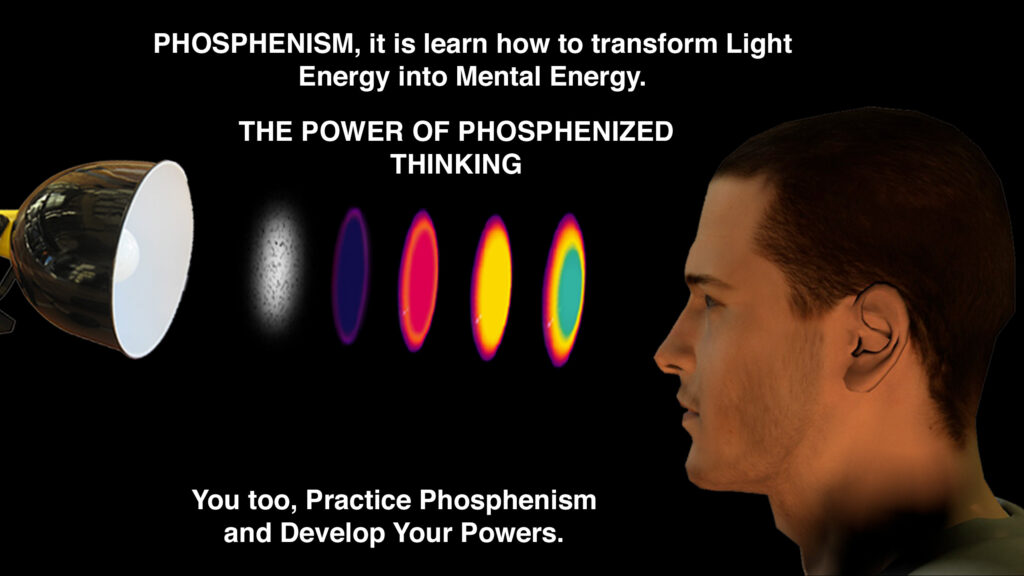RADIONICS

RADIONICS
The term radionics was developed in 1949 in America. It refers to devices that are used for having an action at a distance.
Its basic principles are identical to the basic principles of radiesthesia: its purpose is to control the waves of forms or emissions, in a traditional fashion based on analogy.
In the beginning, radionics was used to diagnose diseases, with a tactile detector, a device that is claimed to be more efficient than a pendulum. In the beginning, radionics was related to radiesthesia. Then, the radionics techniques were used in emission, influencing plants animals and, of course, human beings.
Today, radionics develops sophisticated machines functioning on energy. Nevertheless, it still uses the knowledge developed for radiesthesia and the art of manipulating two-dimensional and three-dimensional forms.
The devices used for radionics
The oldest and most famous instrument is the pyramid. The knowledge the Egyptians had regarding this technique, at the time of the pharaohs, is still shrouded in mystery. Everyone has heard of the mummifying effect of a pyramid on meat.
Similarly, many persons who practice radiesthesia use the same razor blade for more than a year, without any loss of efficiency. After use, they are kept within a small cardboard pyramid.
The dodecahedron is also used in radionics. Many authors have designed radionics dials and plates adapted for different situations. The Servranx brothers also designed machines for radionics: the Audyne, the tele REC…
Doctor Francis Lefebure, a French physician and researcher, has designed a revolutionary method of cerebral development: Phosphenism. Practicing this method increases personal energy in a significant way. Radionics devices have analysed the effects of phosphenic exercises on people. The results are clearcut: practicing Phosphenism considerably increases the energy potential of the individual.
Importante Note
We have done our best to provide you with the most accurate translation of our french website. Nevertheless, it is possible that some language errors may remain. So, don’t hesitate to contact us to communicate them to us.
Thank you for your indulgence and for your consideration of the many hours spent translating all our pages and, more particularly, all the testimonies we share with you so that you may become aware of the impact that Phosphenism can have on those who practice it.
Wishing you the best with your practice of Phosphenism.
Daniel Stiennon (Dr. LEFEBURE School Director, France)



